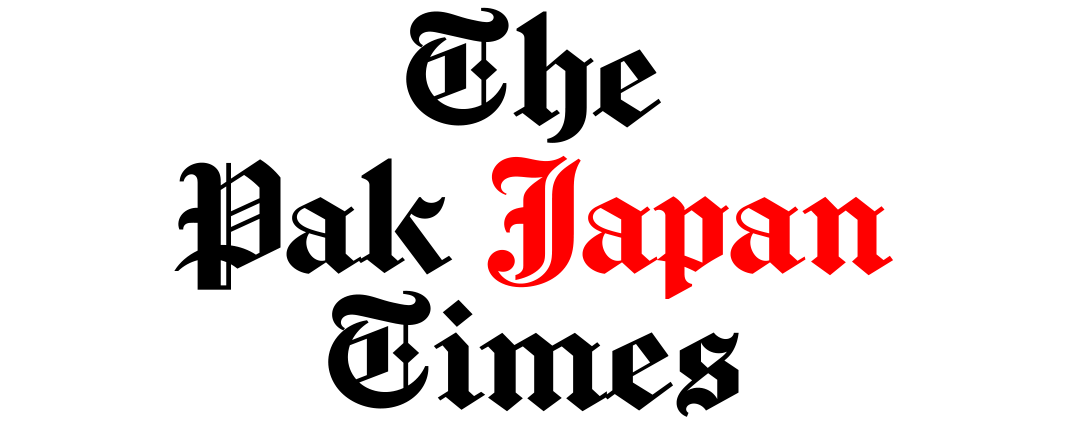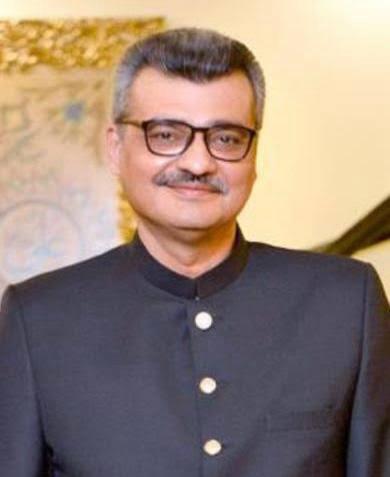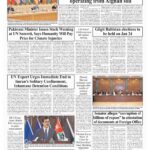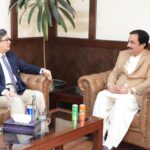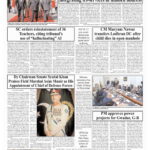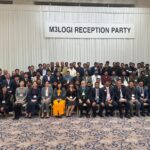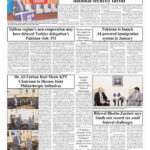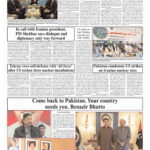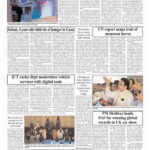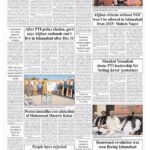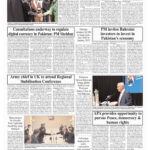By. Dr Ali Farhan Razi
Pakistan remains one of the last two countries in the world where wild poliovirus is still endemic. Despite significant progress, the battle is far from over. Persistent challenges—ranging from virus circulation and vaccine refusal to attacks on health workers—continue to hinder eradication efforts. However, the government’s proactive strategies, multi-tiered campaigns, and strengthened surveillance mechanisms show a determined path forward. The fight against polio is not only a medical mission but a test of national resolve.
Ongoing Challenges
- Widespread Virus Detection
Between May and June 2025, wild poliovirus type 1 (WPV1) was detected in sewage samples from 20 districts across Pakistan—including regions in Sindh, Punjab, Balochistan, and Khyber Pakhtunkhwa. This environmental surveillance indicates active virus circulation, underscoring the urgent need for intervention.
- Vaccine Refusals and Misinformation
During the April 2025 campaign alone, over 60,000 parents refused vaccination for their children, with more than 37,000 refusals reported in Karachi alone. Myths and misconceptions—ranging from religious objections to conspiracy theories labeling the vaccine as Western propaganda—fuel vaccine hesitancy.
- Security Threats to Polio Workers
One of the gravest challenges is the continued violence against polio workers and their security escorts. In 2024, at least 27 attacks were reported in Khyber Pakhtunkhwa alone. In April 2025, militants gunned down two security personnel guarding polio workers in Mastung, Balochistan. These recurring incidents compromise not just lives but the momentum of national health campaigns.
- Weak Routine Immunization
Experts point out that only about two-thirds of Pakistani children receive the full course of routine immunization. This is due to weak healthcare infrastructure, data management issues, and systemic governance gaps. Without robust routine immunization, polio remains a lurking threat.
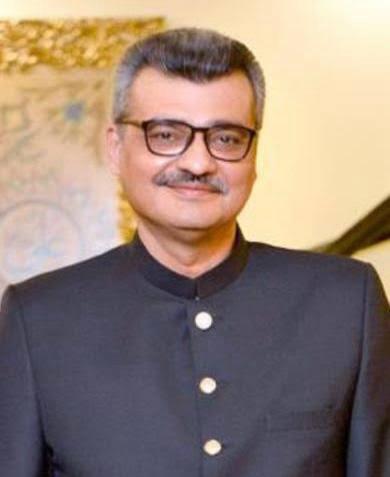
Efforts to Counter the Crisis
Despite these daunting hurdles, the Pakistani government, in collaboration with global health organizations, has taken notable steps to counter the crisis.
- Nationwide Vaccination Campaigns
The Pakistan Polio Eradication Programme orchestrates multiple National Immunization Days (NIDs) annually, each targeting over 40–45 million children under the age of five. Supported by over 285,000 frontline workers, the program conducted three major drives between April and June 2025, immunizing nearly 90 million children.
- Environmental Surveillance and Data Use
The expansion of sewage-based surveillance across urban centers has become a cornerstone of Pakistan’s polio strategy. Detection of virus in these samples guides targeted campaigns and helps identify silent transmission zones.
- Technology-Driven Solutions
Adopting the WHO Polio Eradication Strategy 2022–2026, Pakistan is integrating digital tools to track zero-dose children and improve data accuracy. A mobile-based audio drama pilot in Quetta increased full vaccination rates by 30%, showcasing the potential of innovative outreach.
- Women on the Frontlines
From door-to-door vaccination to community engagement and surveillance, women are playing pivotal roles in polio eradication. Their involvement has helped build trust in conservative areas where male health workers face restrictions.
- Political Will and Top-Level Commitment
On July 3, 2025, Prime Minister Shehbaz Sharif declared the government’s commitment to making Pakistan polio-free by 2026. Chairing a meeting of the National Anti-Polio Task Force, he emphasized full political and administrative support, noting that the “final mile” is the most critical and difficult phase of the campaign.
A Strong and Positive Government Role
Transparent Planning and Coordination
The government has ensured regular coordination among federal and provincial teams, facilitated transparent performance evaluations, and prioritized accurate field reporting. A shift toward data-driven decision-making has made interventions more responsive and localized.
Security Enhancement for Workers
In response to growing threats, the government has deployed special security forces, improved route planning, and introduced rapid response protocols to protect vaccinators and their escorts. Following the Mastung attack, additional security layers were swiftly introduced in sensitive districts.
Global Partnerships and Funding
Despite funding challenges—such as the reduction of USAID’s contribution by nearly 90%—Pakistan has maintained international collaboration with WHO, UNICEF, and the Global Polio Eradication Initiative (GPEI). Saudi Arabia and other partners stepped in to fill critical funding gaps, ensuring continuity of operations.
Local and Religious Leadership Engagement
The government has increased outreach to tribal elders, religious scholars, and community leaders, dispelling myths and creating a culture of trust. These collaborations have played a crucial role in reducing refusals in high-risk areas.
Conclusion: A Battle We Can Win
Pakistan’s fight against polio has entered its most decisive stage. The government’s robust interventions—from national campaigns and advanced surveillance to female-led outreach and global coordination—demonstrate a clear strategy and sincere intent. But the virus continues to resist.
In 2025 alone, new polio cases were confirmed—including a re-emergence in Gilgit-Baltistan after seven years. This shows that while we are close, we are not there yet. The virus is unforgiving, and even a single missed child can reignite the chain.
However, if the government continues its evidence-based approach, ensures last-mile delivery, protects its health heroes, and maintains global cooperation, Pakistan can fulfill its dream of becoming polio-free by 2026. The mission is tough—but not impossible. The future of our children depends on it.
